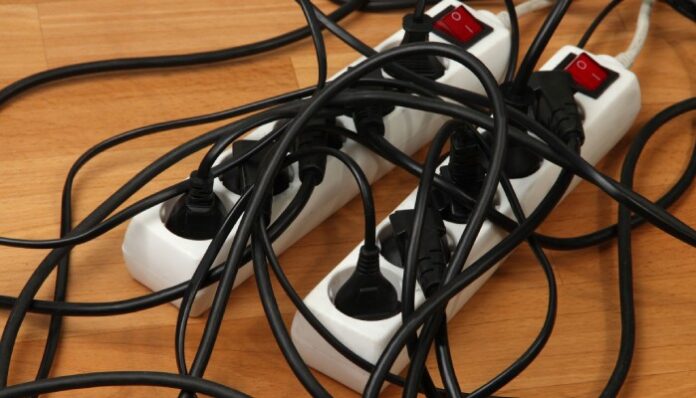Did you know that each year, approximately 1,000 Americans die as a result of workplace electrical injuries? And 50,000 others are injured? This may be surprising to you, but electrical safety is one of the leading causes of preventable workplace injuries
We’re going to go over seven ways you can prevent electrical injuries in the workplace.
Use Ground Fault Circuit Interrupters (GFCIs)
These devices protect against shocks by cutting off the flow of electricity when there’s a current leak, even if it’s just one tiny bit of electricity. They are required in some areas and should be used everywhere else.
PAT testing
You should have all of your electrical equipment tested on a regular basis to ensure that it’s safe. You can have this done by a qualified PAT Testing London electrician who will test it using a PAT tester or portable appliance tester. This device checks whether your equipment meets current safety standards and also checks for any potential faults that could cause an accident or injury.
Keep things clean and dry
If there’s water or dust on the floor where you’re working with electricity, be sure it’s cleaned up before you start working on anything electrical. Additionally, it may be worth checking out this access panel website and investing in a quality access panel to ensure that your electrical system’s mains are concealed and protected from any damage or exposure to water or dust. An access panel will also guarantee easy access to the system should you need to update any of the wiring. Don’t use extension cords unless absolutely necessary — they’re not safe because they can overheat if too much power is drawn through them at once. If you need more length than what’s available from one outlet, use multiple shorter cords instead of one long cord that may overheat and cause an accident or injury due to overheating.
Make sure you know what type of current you are using
All electrical equipment uses different types of current: direct current (DC) or alternating current (AC). Most appliances use AC as it’s cheaper and easier to transport over long distances than DC. However, some appliances only use DC so it’s important that you know what type of current your work equipment uses before plugging it in.
Don’t overload the outlets
Do not plug more than one appliance into an outlet at a time, no matter how many outlets are available. If you must use multiple appliances, get a power strip with enough outlets for all of your devices.
Use extension cords wisely
You should never run extension cords under carpets or rugs or place them near water, such as in bathrooms or basements. Also, do not run cords across walkways or near heat sources. If possible, use a device that has its own power supply instead of using an extension cord.
Use proper tools when working with electricity
Always use insulated tools when working with electricity. Insulated tools have rubber grips and covers over the metal parts of their handles so that they do not conduct electricity if they come into contact with live wires or other sources of current.
Takeover
Electrical injuries are not common in the workplace, but they do happen. For this reason, you’ll want to educate yourself and everyone in your workplace on ways to prevent electrical injuries. The tips in this article offer a good starting point for doing so, and we hope you will take them to heart.


























































